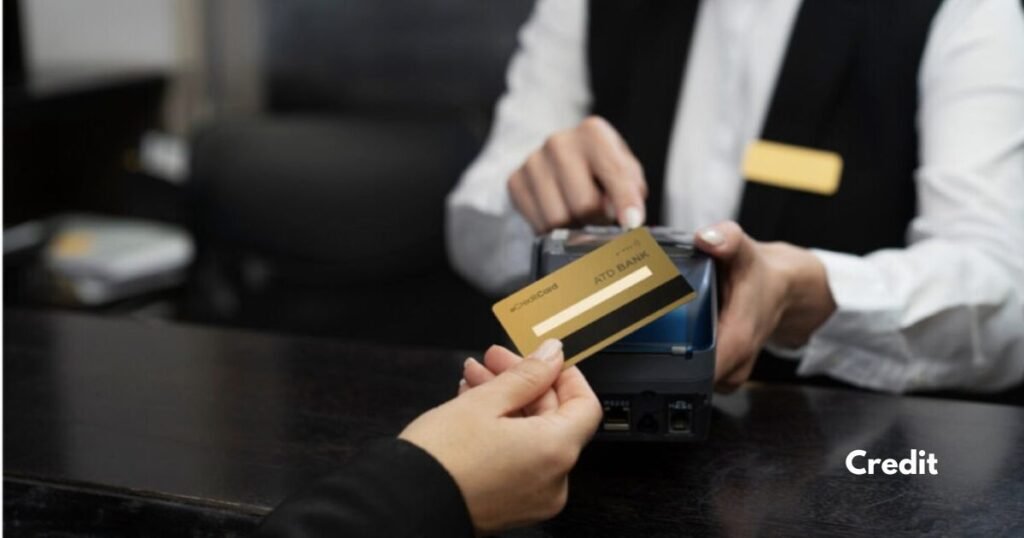Have you ever wondered what happens behind the scenes when you swipe your credit card or enter your card details online? Credit card authorization is the critical process that ensures your payment is legitimate and secure. Understanding this process not only helps you navigate transactions with confidence but also boosts your security awareness. In this article, we will break down credit card authorization into 7 key steps that you can follow to secure your payments and protect your financial information. Whether you’re a business owner or a regular shopper, knowing how credit card authorization works is essential for safeguarding your transactions and preventing fraud.
1. What is Credit Card Authorization?
Credit card authorization is the process that occurs when a merchant requests approval from the card issuer to process a payment. Essentially, it confirms that the cardholder has enough funds or credit available to cover the purchase.
- Merchant’s Role: The merchant submits the payment details to the card issuer for validation.
- Issuer’s Response: The card issuer verifies the transaction and confirms whether it’s approved or denied.
This process ensures that payments are legitimate and that you, the cardholder, are not a victim of fraud.
Actionable Tip: Always verify that you’re purchasing from reputable websites and merchants that use secure payment gateways to reduce the risk of fraud.
2. Step 1: Initiating the Transaction
The credit card authorization process begins as soon as you make a purchase. Here’s what happens when you swipe or enter your card details:
- Point of Sale (POS) System: In a physical store, the payment is initiated when you swipe or insert your card at the POS terminal.
- Online Transaction: On an e-commerce website, the transaction is triggered when you input your card information and click “pay.”
Once the payment is initiated, your card details are sent to the payment processor for verification.
Example: When shopping online, always ensure the website uses HTTPS (secure) to encrypt your data. This step ensures that your card information is safely transmitted.
3. Step 2: Payment Processor Routes the Information
After the transaction is initiated, the payment processor (a third-party intermediary) routes the payment information to the card network (e.g., Visa, MasterCard, American Express).
- Card Network’s Role: The card network is responsible for directing the payment information to the correct issuing bank (the bank that issued your credit card).
This routing ensures that your card details reach the appropriate issuer for verification.
Actionable Tip: Look for payment systems that use tokens and encryption to protect your data, especially when shopping on less familiar websites.
4. Step 3: Issuer Verifies the Information
Once the card network sends your payment information to the card issuer, the issuer performs several checks to validate the transaction:
- Credit Availability: The issuer checks whether you have enough credit or funds available to cover the purchase.
- Fraud Prevention: The issuer also uses security measures, such as fraud detection algorithms, to assess whether the transaction is legitimate or suspicious.
If everything checks out, the issuer sends an approval code back through the network.
Stats: According to the Federal Reserve, more than $10 billion in fraudulent credit card transactions occur every year. Authorization ensures that these types of payments are flagged.
5. Step 4: Merchant Receives Authorization
After receiving the approval from the card issuer, the payment processor routes the authorization response back to the merchant.
- Authorization Code: The merchant receives an authorization code that confirms the payment is approved.
- Transaction Hold: The funds are temporarily held for the transaction, pending the final settlement process.
Example: Think of this as a “green light” for the merchant to proceed with the sale. If the authorization is denied, the merchant will ask you for a different form of payment.
Actionable Tip: Always check that you receive a confirmation email or receipt after making an authorized transaction for your records.
6. Step 5: Completing the Transaction
Once the authorization is confirmed, the transaction is completed. This doesn’t mean the funds are immediately deducted from your account, but the transaction has been validated.
- Pending Payment: Your bank account or credit card balance will show a pending charge until the payment is fully settled.
- Receipt of Goods/Services: The merchant then proceeds to provide you with the goods or services you’ve purchased.
This step ensures that you can receive your order or service without issues.
7. Step 6: Final Settlement and Fund Transfer
After authorization, the final settlement occurs, which is when the funds are transferred from your account to the merchant.
- Clearing: The payment processor clears the funds, and the merchant receives the payment.
- Post-Transaction Verification: The card issuer completes its verification and deducts the amount from your credit limit or bank balance.
Actionable Tip: If you’re ever charged incorrectly, keep your receipts and transaction details handy to dispute the charge with your bank or credit card company.
8. Step 7: Protecting Your Credit Card Authorization
Understanding how credit card authorization works is one thing, but protecting your credit card information is equally important. Here are several steps you can take to protect yourself:
- Use Strong Passwords: For online shopping, always use strong, unique passwords for your accounts.
- Enable 2FA: Two-factor authentication (2FA) can add an extra layer of security when shopping online.
- Monitor Your Transactions: Regularly check your account statements to spot any unauthorized charges.
Visual Elements
Infographic: The Credit Card Authorization Process
- Step 1: Transaction Initiation
- Step 2: Payment Processor Routes the Information
- Step 3: Issuer Verifies the Information
- Step 4: Merchant Receives Authorization
- Step 5: Completing the Transaction
- Step 6: Final Settlement
- Step 7: Protecting Your Payments
Conclusion
Understanding credit card authorization is crucial for both consumers and merchants to ensure secure and efficient transactions. By following the 7 key steps outlined in this article, you can safeguard your personal information and make payments with confidence. From initiating the transaction to final settlement, each stage plays a vital role in protecting you from fraud. Always stay vigilant, use secure payment methods, and keep an eye on your statements to catch any unauthorized activity quickly.
For more information visit Credit Card Authorization




Pingback: A+ Federal Credit Union Members Rejoice! 9 Exclusive Perks T